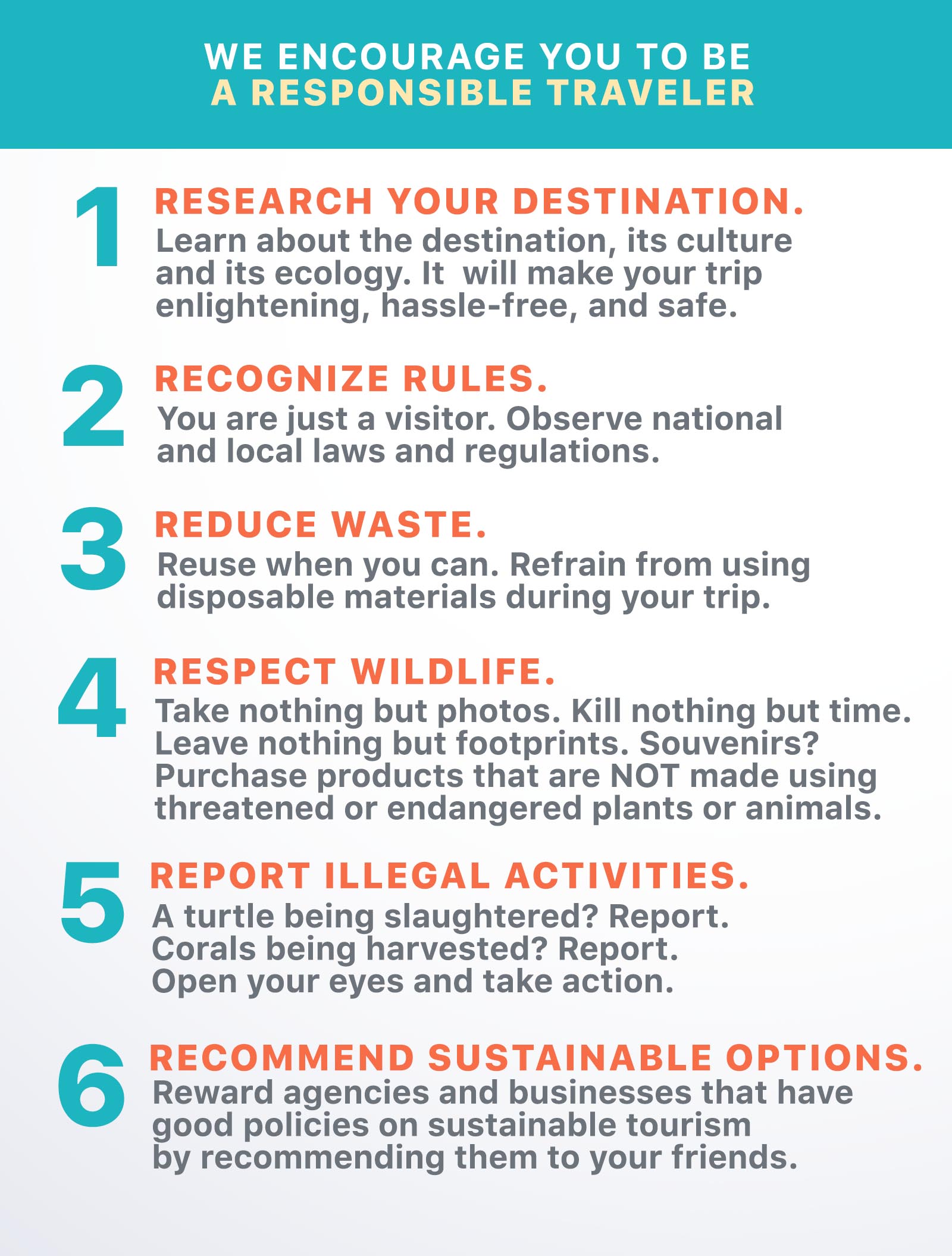
Arthritis is the collective name given to a large group of conditions which affect your joints. What they all share in common is they can make life miserable for sufferers, with severe pain, discomfort and stiffness making day-to-day mobility an issue.
Such symptoms can also make travel difficult. For some arthritis patients, sitting for hours on an aeroplane with restricted leg movement can lead to their joints seizing up completely. Long waits in airport queues can trigger excruciating pain, while for people with arthritis in their hands and arms, lifting heavy luggage can be impossible.
Not surprisingly, the prospect of travelling can quickly lose its appeal for many people living with arthritis. Managing symptoms and avoiding flare-ups becomes a top priority, as does taking precautions should you need medical attention.
Pain relief
Pain is what makes most arthritic conditions potentially so debilitating. It is not uncommon to hear patients describe symptoms by saying it feels as if they are being stabbed with a knife or burnt. When travelling, it is therefore essential that sufferers carry adequate pain relief medication.
Talk to you doctor about the most appropriate options. If you are on prescription painkillers, the best advice is to carry more than you are likely to need with you. Be aware, however, that some countries have restrictions on certain pain-killing medications, especially if they are opioid-based. It may be advisable to opt for over-the-counter varieties instead, or take a letter from your doctor explaining what you are carrying the medication for.
Plan ahead for your flight
For most people who travel with arthritis, flying represents the most challenging part of any trip. There are a number of things you can do in advance to minimise the potential impact. One idea, especially if you are on a long haul flight, is to speak to your airline or travel agent about taking a quieter flight where there will be more opportunity to get up and stretch your legs. You may even be able to get a spare seat for sleeping in a more comfortable position.
You can also request seats at the front of each section of the plane where there is more legroom. It is a good idea to speak to your airline about priority boarding and assistance at the airport if mobility is an issue. Other tips include taking good quality supports with you, especially for your back and legs, and also hot and cold packs to help relieve any symptoms you might experience.
Travel insurance for arthritis
Finally, you should consider the possibility that you may need medical assistance while you are away if your symptoms become unmanageable. Medical costs for foreign travellers can be very expensive, which is why all travellers are advised to take out insurance.
If you have a pre-existing medical condition like arthritis, you have to take out specialised travel insurance to suit your condition. This is because standard policies only provide a basic level of cover mainly built around emergency treatment. This does not include any medical interventions for specific conditions, which have to be written into the policy additionally.
Although condition-specific travel insurance does cost more than a basic policy, it is not worth taking the risk of buying a normal policy. Even if you pick up something completely unrelated to your arthritis – a stomach bug, say – and end up needing hospital treatment, if you haven’t declared your arthritis, your whole policy will be invalidated when you try to make a claim. For the sake of saving little extra on your insurance costs, you could find yourself having to pay thousands in medical fees.
More Tips on YouTube ⬇️⬇️⬇️



Comments